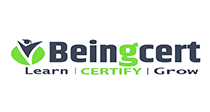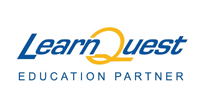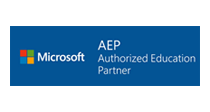Human Resources and Training
Employee On-Boarding: Induction and Job Orientation Techniques
Why Attend
The first few days for new employees can have a great impact on their entire employment tenure. The tone for their working experience is set very early on in their minds. Therefore, it is important to manage that early onset of emotional impact from the beginning to ensure a productive and gratifying work experience. In this course, you will learn how to manage the on-boarding process from A to Z. Also, this course will help you build highly impactful on-boarding programs and processes that will set a very positive pace with your new hires.
Course Methodology
This course is workshop based consisting of numerous case studies and team based activities, round table discussions and presentations of work completed to ensure learning and retention of knowledge.
Course Objectives
By the end of the course, participants will be able to:- Explain the difference between company induction and job orientation
- List the benefits of running induction and orientation programs, for employees as well as the organization
- Define the roles and responsibilities of all those involved in the early career stages of employees
- Compile a well-designed package of information for new employees
- Prepare and conduct an effective induction presentation
- Design and organize a complete on-boarding program for new comers to the organization
Target Audience
HR professionals who work in recruitment or training and whose job require inducting and orienting employees. This course is also very useful for all those outside human resources who might be assigned the task of orienting new employees to their departments
Target Competencies
- Deciding and initiating action
- Working with people
- Relating and networking
- Presenting and communicating
- Applying expertise and technology
- Following instructions and procedures
- Planning and organizing

Course Outline
- Definitions, induction versus job orientation
- Difference between induction and orientation
- Origin of words induction and orientation
- Benefits of onboarding program to employees
- Benefits of onboarding program to organization
- Roles and responsibilities during onboarding
- Of the new employee
- Of the human resources department
- Of the new employee’s manager
- Of the new employee’s colleagues
- When does on-boarding start?
- During the recruitment process
- During the assessment process
- During the job offer process
- First day on the job
- Administrative procedures
- New employee information package
- Contents of an induction package
- Welcome letter
- Welcome gift
- Necessary forms
- Required policies and procedures
- Code of ethics
- Employee handbook
- Cultural awareness
- Contents of an induction package
- The induction presentation
- Information to include
- Use of various multimedia tools
- Presenting and delivering effective training
- Fundamentals of effective speaking
- Verbal and non-verbal communication
- Different trainer styles
- Assertiveness defined
- The assertive trainer
- Ways to get attention and maintain interest
- Elements of effective feedback
- Delivery and critique of training sessions
- Job orientation
- Planning job orientations
- Introduction to colleagues and department tour
- Job brief
- Computer use
- Operating equipment and technology
- Performance objectives and measurements
- Required essential training
- Information overload
- Follow up and support
- Planning job orientations
- Evaluating effectiveness of on-boarding programs
- Informal and formal feedback
- Feedback forms
- Turnover rates
- Performance measures
- Informal and formal feedback
REQUEST CALL BACK
Would you like to speak to one of our consulting advisers over the phone? Just submit your details and we’ll be in touch shortly.














